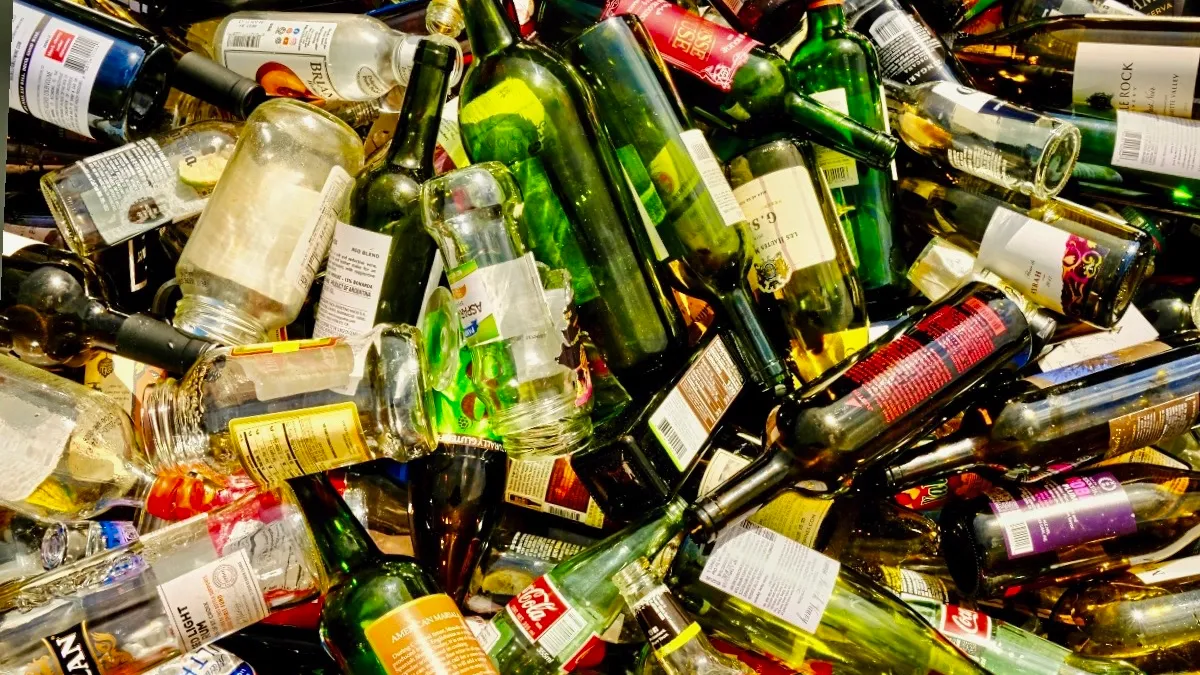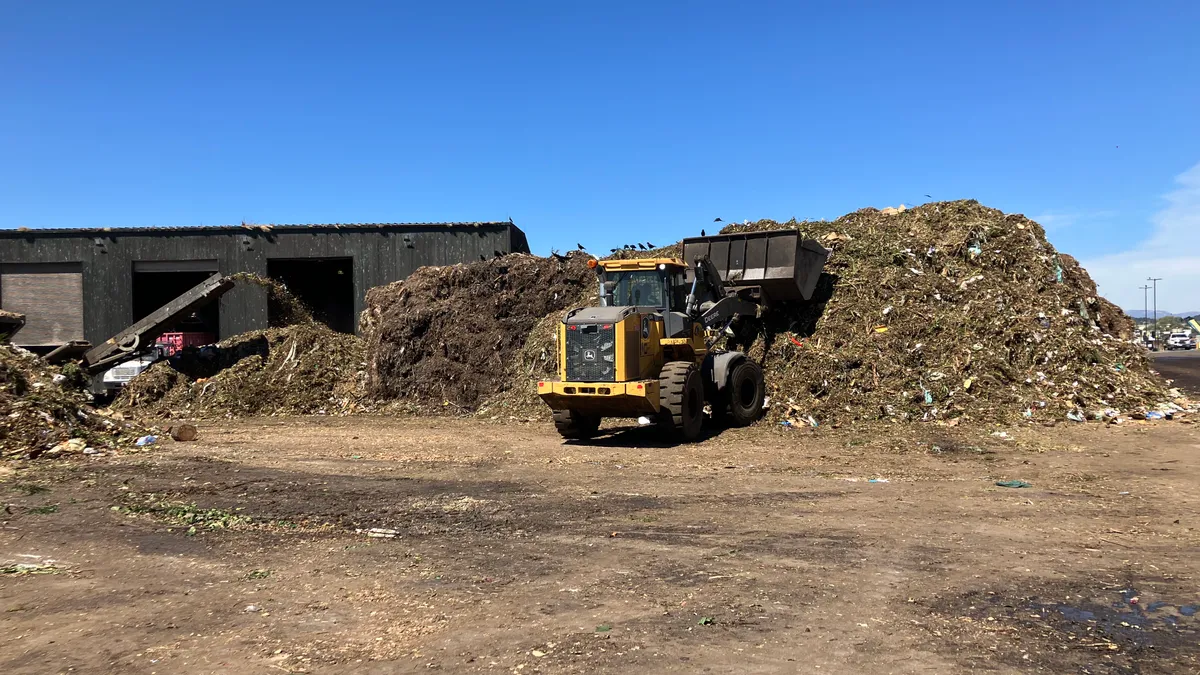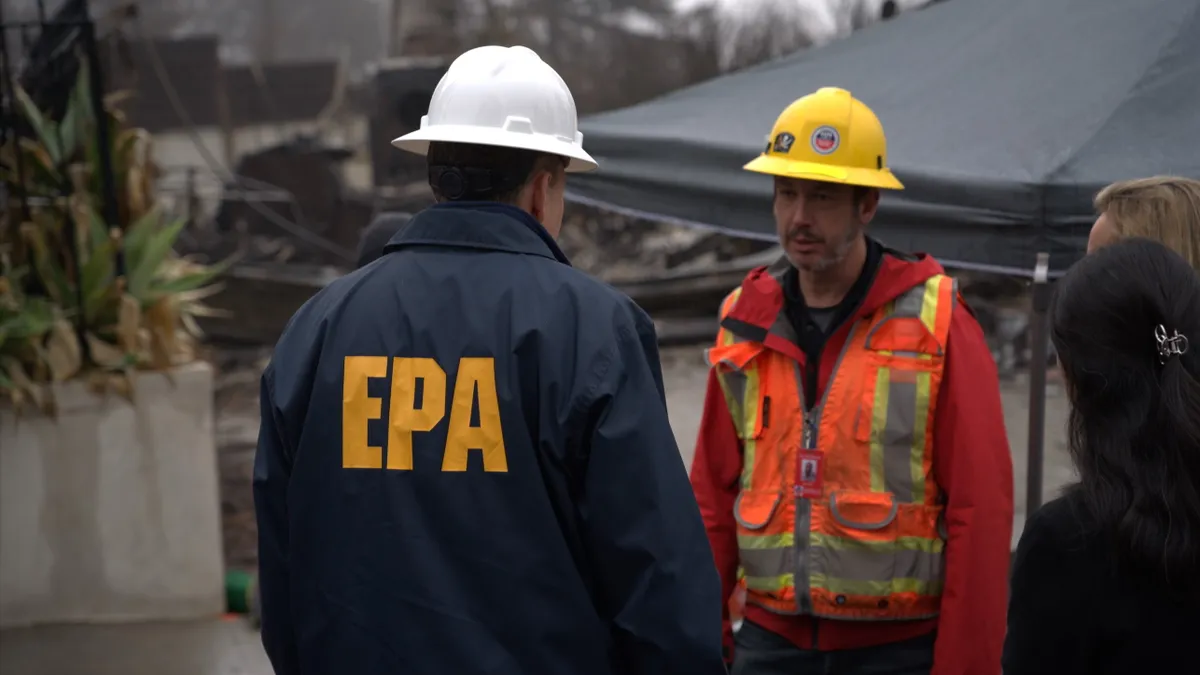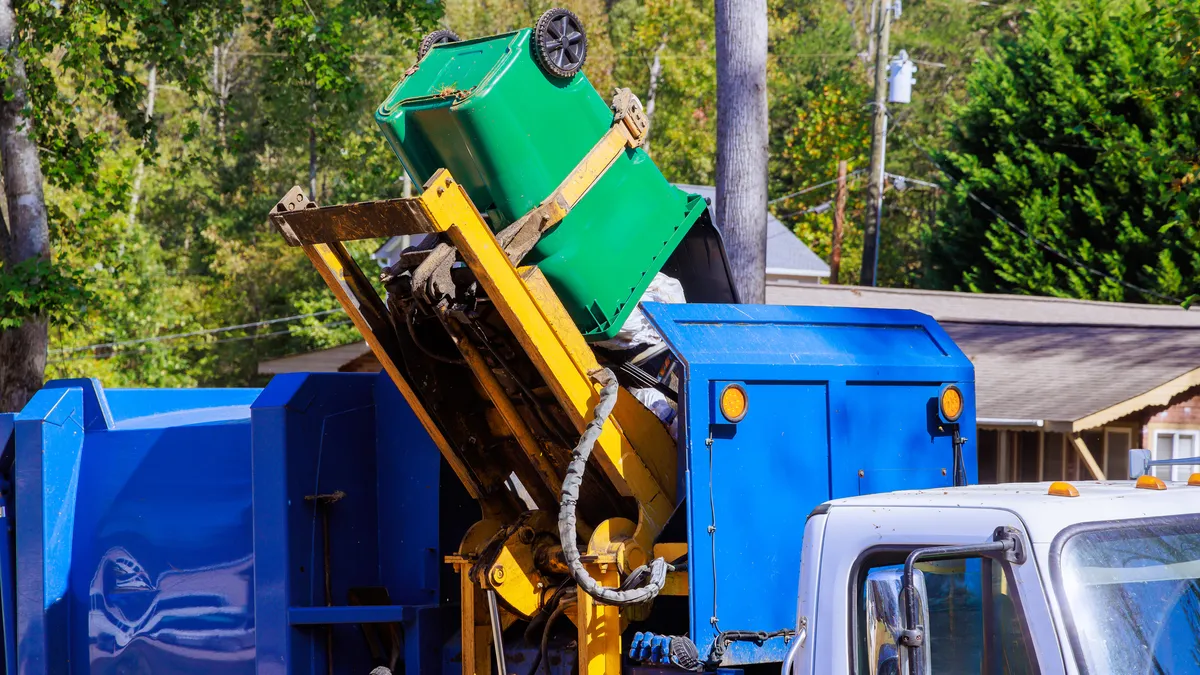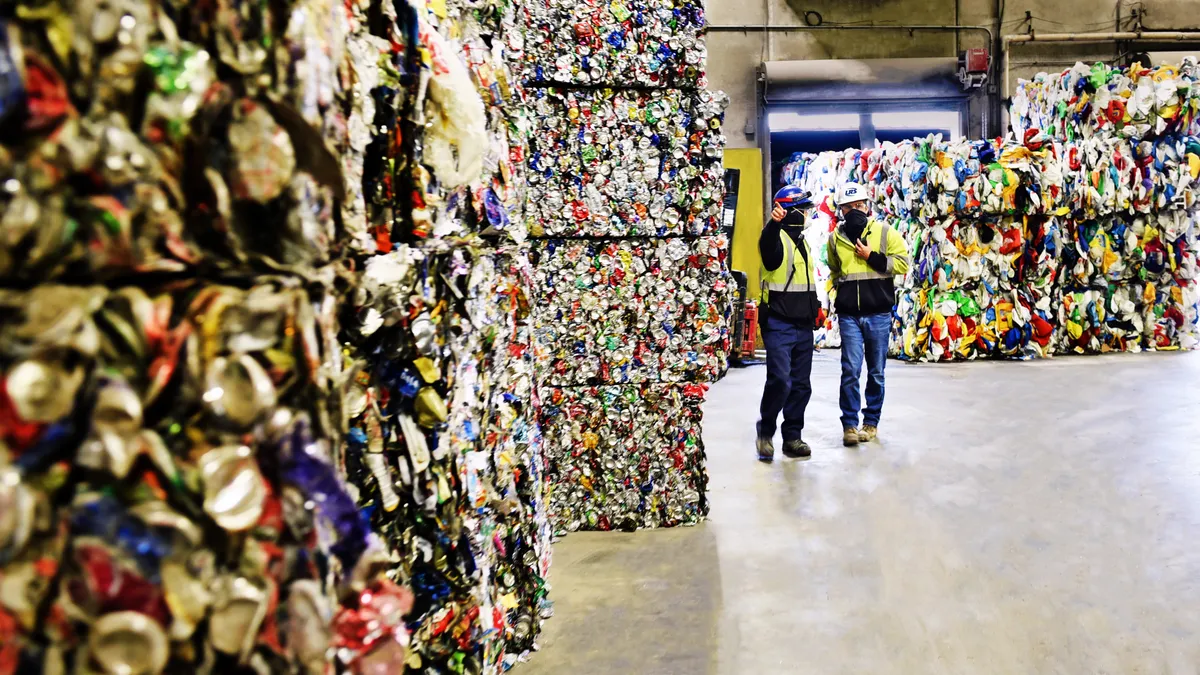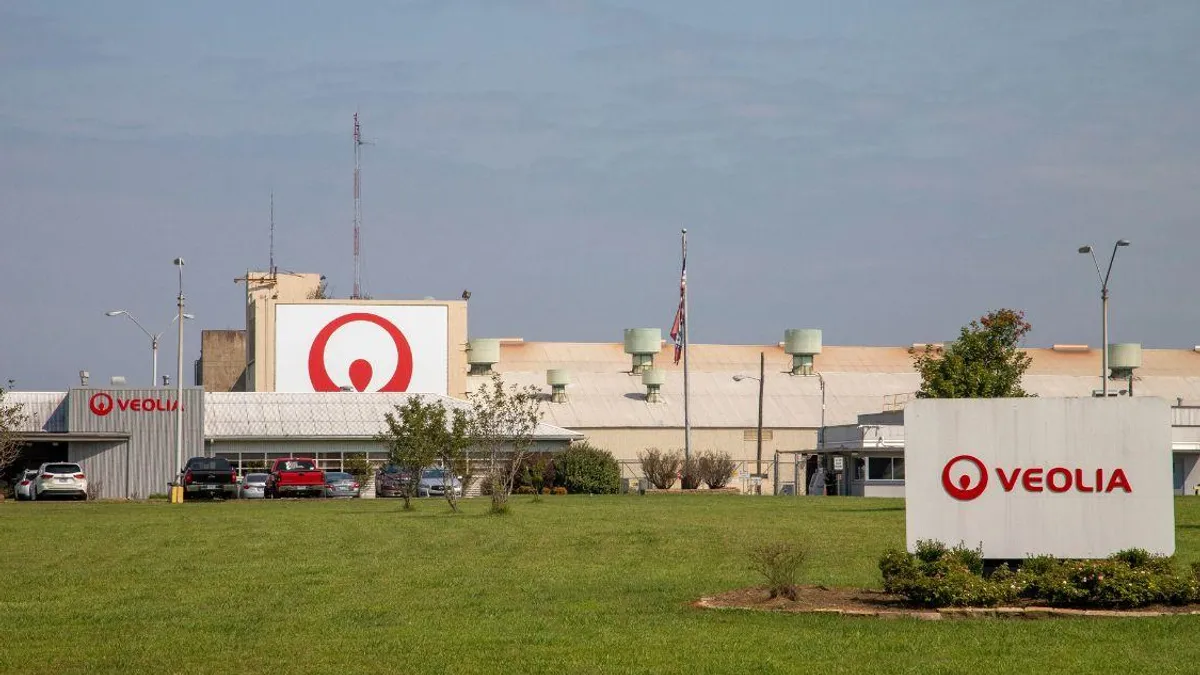The Northeast Recycling Council’s spring conference highlighted the possibilities and the pitfalls of innovation at the local, state, and national levels to improve recycling results. Speakers addressed options for expanding U.S. refillable bottle programs, insights from Canada’s diverse EPR systems, and the long-term role chemical recycling could play in the recycling industry. Here are a few takeaways from last week's two-day NERC event.
Renewing interest in refillable beverage containers
A growing amount of federal and state legislation is being introduced to expand refillable container use. California’s AB-962 calls for adding returnable bottles to the state's container deposit program, while the federal Break Free From Plastic Pollution Act calls for expanding reuse and refill programs for items such as household cleaners and beverages.
Jules Bailey, chief stewardship officer for the Oregon Beverage Recycling Cooperative, gave an overview of his state’s refillable bottle system and how it has functioned since it launched in 2017. Breweries and cideries that participate in the program use bottles with a distinctive shape denoting they are refillable and differentiating them from other beverage containers. So far, the program has put about 1.5 million refillable bottles into circulation, he said. Consumers return the bottles the same way they return other containers Oregon’s bottle bill covers, such as by returning them to a reverse vending machine, a grocery store or other retailers.
The state saw overall return rates increase dramatically after the returnable program started, Bailey said, from about 64% to more than 82%. He noted, however, that the launch coincided with an increase in the state’s deposit from 5 cents to 10 cents per container. The synergy was described as key to the uptick.
“I can't imagine a successful scalable refillable program without a comprehensive deposit system that is set at a level that actually incentivizes returns,” said Bailey.
The refillable program’s bottle washing and distribution systems are centralized for easier operation, Bailey said. Distributors see value in keeping the bottles in circulation because they are considered a capital asset. The program is working on lengthening the life of these refillable bottles, however, as each bottle only ends up returning into the system two or three times, he added.
Oregon will have to contend with several other obstacles that could limit the growth or success of the refillables program, such as the trend of beer packaging moving toward aluminum cans and away from glass, he said. Adding wine to Oregon’s bottle bill could also open doors to expand the refillable program further.
Refillable bottle systems can benefit both producers and states, as long as the necessary infrastructure and equipment is in place, said Caren McNamara, founder and CEO of Conscious Container. Her company sells refillable glass bottles that it collects, washes and resells. It also focuses on innovations such as smart packaging and QR codes that help track bottles and gather location and lifecycle data.
McNamara said she believes returnable, refillable systems work best when they are economically viable on their own, but she acknowledges that bills like California’s AB-962 could help sustain the volumes necessary to make these systems work. Washing and sorting equipment is expensive, and new return systems need enthusiasm and buy-in from the public to move the bottles efficiently through the whole system.
"It’s a volumes-based business," she said. "But I believe that a returnable, refillable system actually offers some real, big value propositions to producers."
Though refillable bottle programs are not common in the U.S., some European countries have long had such systems. Tobias Bielenstein, chief operating officer of the Refillable Working Group Germany, said his country's decades-old refillable bottle program has grown and changed over the years, but it’s so well-established that its recycling rate is about 98%. In Germany, beer makes up almost 80% of the refillables market, and beverages are sold in crates that make it easier to collect and return the bottles to retailers. The country uses a “pool management” system, a legal framework for bottlers to divide responsibilities for maintaining the system.
Lessons from Canada’s EPR programs
The NERC conference presented non-U.S. perspectives on another contentious recycling issue, extended producer responsibility (EPR). Three Canadian panelists discussed the nuances of different EPR models and what U.S. states might learn from their successes and pitfalls.
In the U.S., numerous EPR bills are in play at the state level. Some propose a reimbursement model in which municipalities retain all or most of their control over existing recycling operations and contracts; others would give management control to stewardship or producer responsibility organizations or propose a hybrid plan.
Peter Hargreave, President of Policy Integrity, said Canada has learned from the country’s original EPR plan in British Columbia, known as a “full responsibility” model, in which producers take care of both the cost and the operational responsibility for end-of-life management. British Columbia was the first province to establish that model, and both Ontario and Quebec are planning to move to similar models in the coming years, he said.
Four provinces use shared responsibility models, in which producers pay a percentage of the cost, starting at about 50%, to municipalities to collect recycled materials, he said. Years ago, “everybody bought into the shared responsibility model because, at that time, producers saw it as an opportunity to remove or not have to pay the full bill and municipalities saw it as a way to be sustainable,” said Hargreave. Today, provinces with such a model are seeing operational costs increase but efficiency and revenues plateau or decline, he noted.
Ontario and Quebec's full-responsibility models won’t look exactly like British Columbia’s program, Hargreave said. The government in British Columbia is more involved in its model than other provinces will be: It requires producers to create a plan that it approves. In Ontario, the approach will be more outcomes-based, he said, meaning the province will determine what metrics the EPR program should have, but it will leave it up to producers to figure out the best way to meet those outcomes. “My perspective is, let's let producers decide what best works for them,” he said.
The British Columbia Ministry of the Environment provides oversight to its EPR program, while Ontario plans to move to an independent oversight organization. Meanwhile, Alberta is considering a hybrid plan, which Hargreave said could include an oversight agency like Ontario’s.
Hargreave also described the balancing act needed to formulate effective collection targets and properly enforce them to incentivize performance. Targets that are too low could discourage new investment or infrastructure, but targets that are too broad “places the burden on a certain set of materials: those with markets,” he said.
Regardless of what model states or provinces select, Sara-Emmanuelle Dubois, president and founder of recycling investment company NovAxia, said it’s important that all industry stakeholders – including MRFs, haulers and municipalities – are at the table to provide input on the system as early in the process as possible. Producers can and should also measure the impact their products might have on a given recycling system, but a third party should be in charge of any formal auditing, she said.
Characterizing chemical recycling
Panelists also discussed where chemical recycling, also called advanced recycling, fits into the landscape. Virginia's governor recently signed a law reclassifying advanced recycling as a manufacturing process rather than solid waste management, making it the 10th state to do so.
Yet a provision of the Break Free From Plastic Pollution Act would seek a three-year pause on issuing permits for new plastics production facilities and chemical recycling plants, a measure that has drawn criticism from the plastics industry and the American Chemistry Council, which backed bills like the one in Virginia. Meanwhile, Maryland introduced a bill designed to ban the chemical conversion of plastic into fuel this year.
Panelists said chemical recycling is a rapidly developing technology, but any process used to create fuel should not be considered recycling, despite its name.
“If it’s [making] a fuel, it’s definitely not recycling. It’s not circular,” said Heidi Sanborn, executive director of the National Stewardship Action Council. The industry should put more energy into efforts to reduce plastic sources before using the material for fuel, which could contribute to greenhouse gas emissions, she said.
Steve Alexander, president of the Association of Plastic Recyclers and moderator of a panel on post-consumer recycled content requirements, said “a resin-to-resin process” is what many industry players, including the Institute of Scrap Recycling Industries, consider recycling. Some chemical recycling companies are working on scaling the technology to be able to conduct this process on a larger scale in the coming years, but time will tell where chemical recycling will fit into the larger circular economy, he said.



